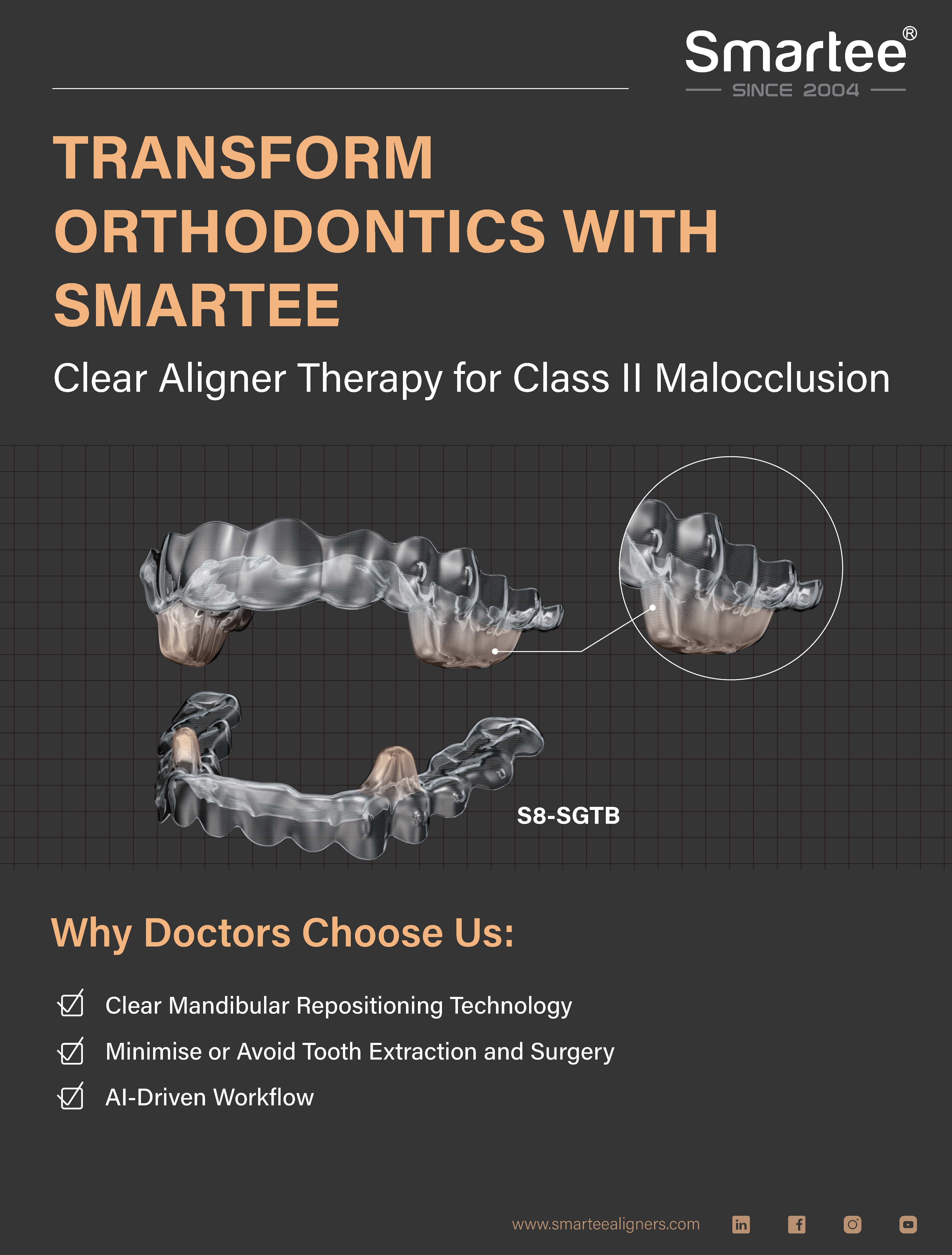Orthodontists play a vital role in managing avulsion, the most severe type of dental injury. Approximately 25% of school-age children experience trauma to their permanent teeth, with avulsions accounting for .5%-16% of all injuries to the permanent dentition.1 Avulsion injuries occur most commonly between the ages of 7 and 14, a period marked by active play and ongoing development of the periodontal ligament (PDL) and alveolar bone. Due to the maxillary central incisors’ prominent position, they are the most frequently affected teeth. Children with Class II malocclusion are therefore at higher risk, along with boys, who are more likely to engage in contact sports.
After an avulsion injury, it is essential to replant the tooth as soon as possible. If the tooth cannot be reinserted within 15 minutes, it should be placed in a sealable plastic bag with an appropriate storage medium such as cold milk, which maintains cell viability for up to two hours. Beyond that point, the tooth should be transferred to Hank’s Balanced Salt Solution, which mimics the natural extracellular environment and can preserve PDL cells for up to 24 hours.
When replanting avulsed teeth in my office, I first assess the patient for chin injuries, which can indicate a condylar fracture, and then take a panoramic radiograph to check for fractures of the condyle, alveolar bone, or tooth roots. After administering local anesthesia using anterior superior alveolar and nasopalatine nerve blocks, I retrieve the tooth by draining off the storage medium. The tooth should be cleaned with leftover medium, not tap water, which can damage the PDL cells.
Similar articles from the archive:
- THE EDITOR'S CORNER MARA Mia! November 2023
- THE EDITOR'S CORNER Calculating Crowding June 2023
- THE EDITOR'S CORNER The ABCs of TBCs March 2023
Without touching the root, I manually insert the tooth into the socket and instruct the patient to bite down gently on a cotton roll. I then apply a semi-rigid splint by bonding labial brackets from canine to canine with an .014" or .018" nickel titanium archwire. This stabilizes the tooth while permitting slight physiological mobility, which helps PDL cells regenerate. The splint remains in place for three to four weeks to allow the PDL to reattach to the root surface.
At the end of the appointment, I prescribe an antibiotic—generally amoxicillin, barring an allergy. The prescription is adjusted based on the patient’s weight. The following would be appropriate for a third grader weighing roughly 50 pounds: Rx: Amoxicillin 500mg, Take 1 capsule by mouth twice daily (BID) for 7 days, Dispense: 14 capsules. For a high schooler, the prescription might read: Rx: Amoxicillin 500mg, Take 1 capsule by mouth three times daily (TID) for 7 days, Dispense: 21 capsules.
Finally, a mature permanent tooth with a closed apex must receive a root canal within two weeks, as pulpal regeneration is unlikely and the risk of necrosis is high. A root canal also reduces the chance of complications such as inflammatory root resorption. Conversely, a root canal is not always necessary for an immature tooth with an open apex replanted within 60 minutes, as revascularization is likely.
To help recall the steps, remember the following mnemonic: “1-2-3-4-5 keeps the tooth alive.” Replant the tooth within one hour; perform a root canal within two weeks; splint the tooth for three to four weeks; and prescribe 500g of amoxicillin, if no allergy is present. Of all the steps, immediate replantation is the most critical, as it determines the survival of the PDL cells and the tooth’s long-term prognosis.
NDK
REFERENCES
- 1. Andreasen, J.O.; Andreasen, F.M.; and Andersson, L.: Textbook and Color Atlas of Traumatic Injuries to the Teeth, 5th ed., Wiley, Hoboken, NJ, 2018.



COMMENTS
.